Questionhow long is a anaconda?
do anacondas have enough venom to kill a human?
what is an anacondas diet?
AnswerWhile poorly documented, the longest green anaconda on record was a bit over 32 feet. That makes it the second longest snake species, with the reticulated python still holding the record at a bit over 33 feet. However, the green anaconda is much more massive, and thus much heavier.
Those are unusual individuals, however. Most green anacondas get to be around 20 feet long.
There are actually 4 species of anacondas. The green anaconda (Eunectes murinus) is the best known species. In the pet trade, you find only the green anaconda and the smaller yellow anaconda (Eunectes notaeus). Yellow anacondas average 9 to 11 feet when fully grown.
Anacondas are part of the boa family, and give live birth to their young. (Pythons lay eggs).
Boas and pythons are considered to be a primitive family of snakes, showing vestiges of the hind limb structures (retained externally as a pair of claws called spurs, one on either side of the cloaca). They do not have Duvernoy's glands, which are the glands that venomous species use to manufacture venom.
Members of this family kill their prey by grabbing it with their mouth, and wrapping their body around it tightly. They bring to bear so much force that they stop the blood flow through the animal's body, and it quickly loses consciousness and expires. (It was once believed that they suffocated their prey to death, but that rarely happens--the prey animal usually dies far more quickly than it would from suffocation). Once their prey is dead, they swallow it whole, using their top teeth, which are independently hinged and mobile on each side, to 'walk' the prey into their mouth and down their throat.
Their jaws do not dislocate (another common myth). Instead, the lower jaw is not attached in the middle, so it can spread widely apart to allow the prey to pass down the thin throat into the snake's stomach.
Green anacondas are largely aquatic animals, and spend most of their time in the water. They feed on fish, turtles, caiman, capybara (the world's largest rodent), deer, birds, wild pigs, and even baby tapir. Most any animal small enough for them to swallow is fair game. While rumors exist, there aren't any documented cases of green anacondas swallowing human beings. It's possible that they might, if they broke the shoulders during constriction. Reticulated pythons have been documented trying on more than one occasion, and possibly succeeding at least once. Still, humans are not a green anaconda's normal prey, and attacks are exceptionally rare.

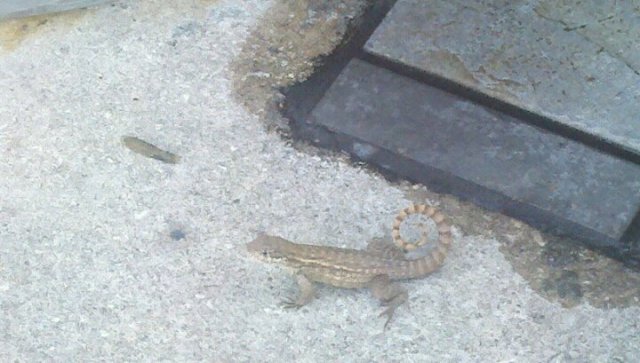 What is it?
Question
Lizard
I live in Key West, 22 years now
What is it?
Question
Lizard
I live in Key West, 22 years now
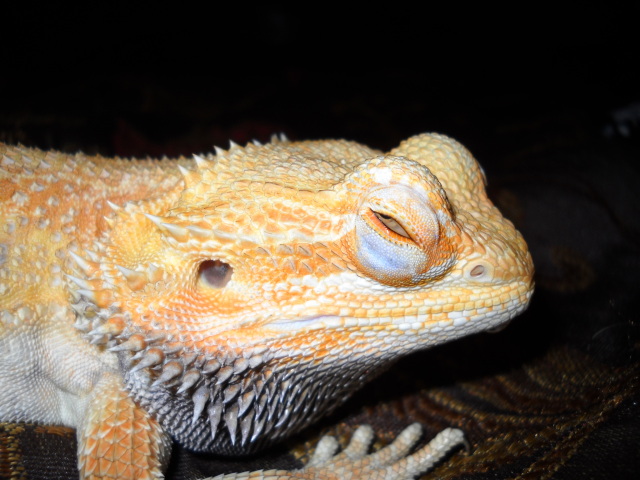 Bearded Dragon Swollen Eyes
QuestionBow
QUESTION: Hi Tracie,
I have a bearde
Bearded Dragon Swollen Eyes
QuestionBow
QUESTION: Hi Tracie,
I have a bearde
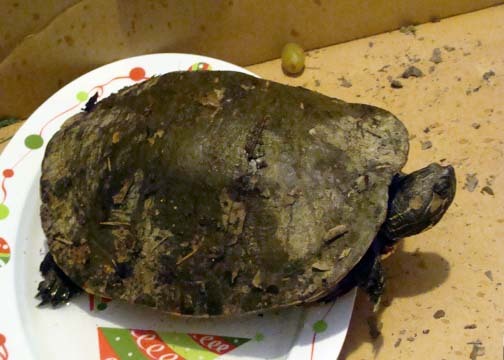 Turtle Identification
Question
Turtle?
Hi,
My kids and I found a large turtl
Turtle Identification
Question
Turtle?
Hi,
My kids and I found a large turtl
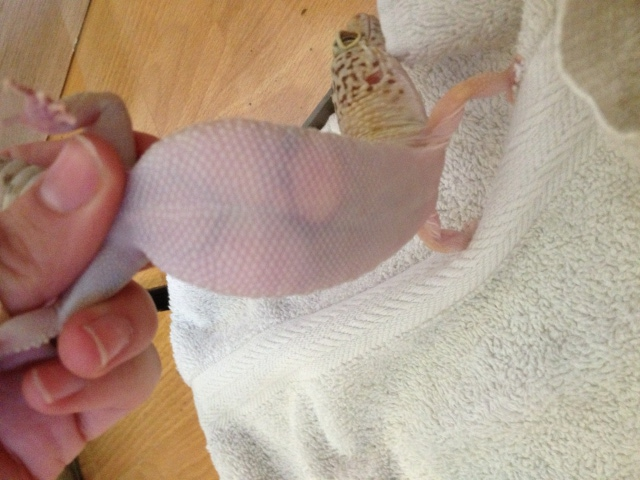 Gravid ?
QuestionOreo
Oreo
QUESTION: Does my femal
Gravid ?
QuestionOreo
Oreo
QUESTION: Does my femal
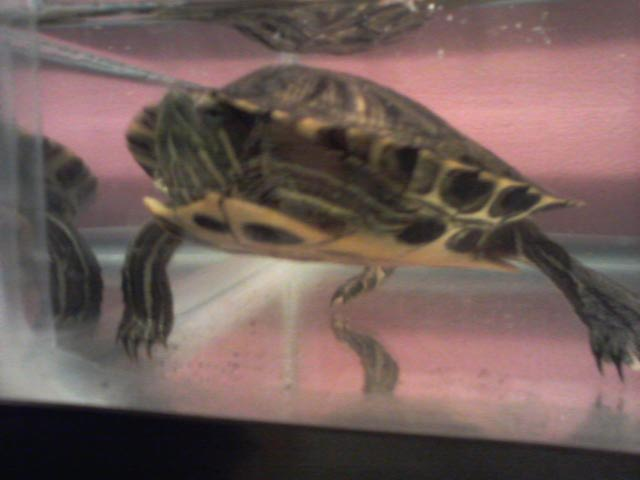 HELP!!!
QuestionMy RES Turtle
The Tank
QUESTION:
HELP!!!
QuestionMy RES Turtle
The Tank
QUESTION: